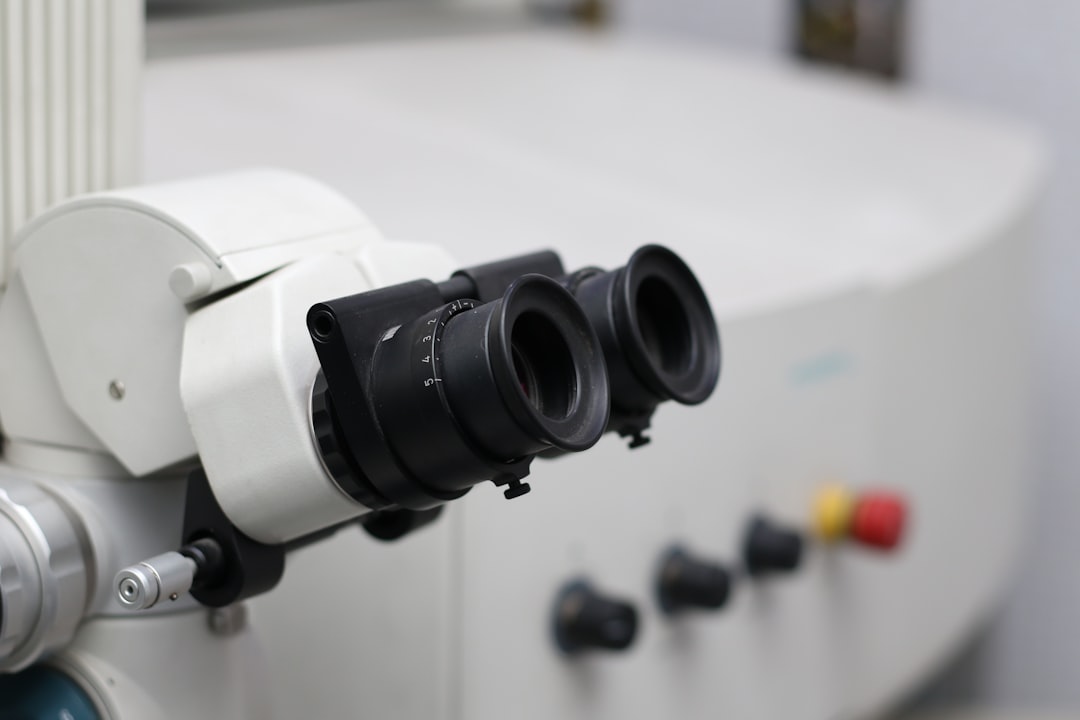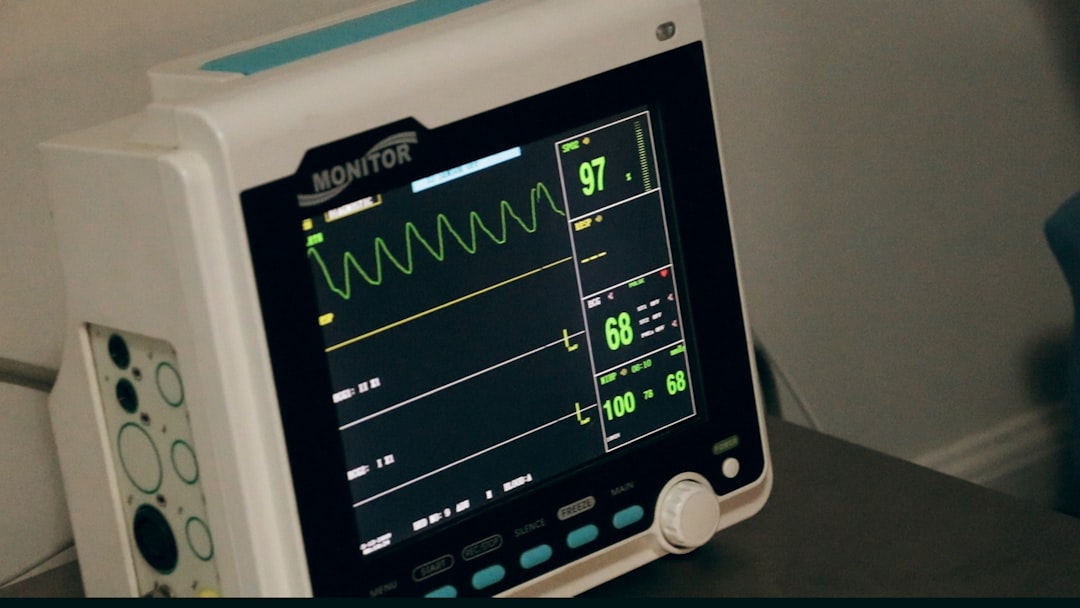What is it about?
Boron Neutron Capture Therapy (BNCT) is a type of radiotherapy where boron-containing compounds are preferentially uptaken by tumour cells and then the area is exposed to a low energy neutron beam. This causes boron, located in the cancer cells, to emit a radioactive alpha particle that destroys the cancer cell but can only travel about one cell's distance from that cancer cell. Therefore, surrounding normal tissue is not affected. This paper describes a boron compound that has been produced to enable improved targeting to cancer cells, via their mitochondria. These boron compounds are packaged in nanoparticles known as liposomes that are small enough to move across the blood-brain-barrier, a natural filter around the brain that prevents materials including therapeutic drugs from getting across.
Featured Image
Why is it important?
BNCT offers a method of targeting cancer cells/tumours and leaving surrounding normal cells unaffected. This is important in reducing side effects of radiotherapy and producing more favourable outcomes. The therapy is particularly suited to brain cancers that are notoriously difficult to treat. The paper offers a method of improving the preferential uptake of a boron cluster compound into cancer cells via their mitochondria.
Perspectives
The compound contains a mitochondrial dye that preferentially targets cancer cells due to their difference in mitochondrial cell membrane potential. Wherever the dye goes, the boron goes and wherever that is, that will be the location destroyed by the neutron beam.
Dr James R Smith
University of Portsmouth
Read the Original
This page is a summary of: Towards boron neutron capture therapy: The formulation and preliminary in vitro evaluation of liposomal vehicles for the therapeutic delivery of the dequalinium salt of bis-nido-carborane, Bioorganic & Medicinal Chemistry Letters, November 2013, Elsevier,
DOI: 10.1016/j.bmcl.2013.09.003.
You can read the full text:
Contributors
The following have contributed to this page










